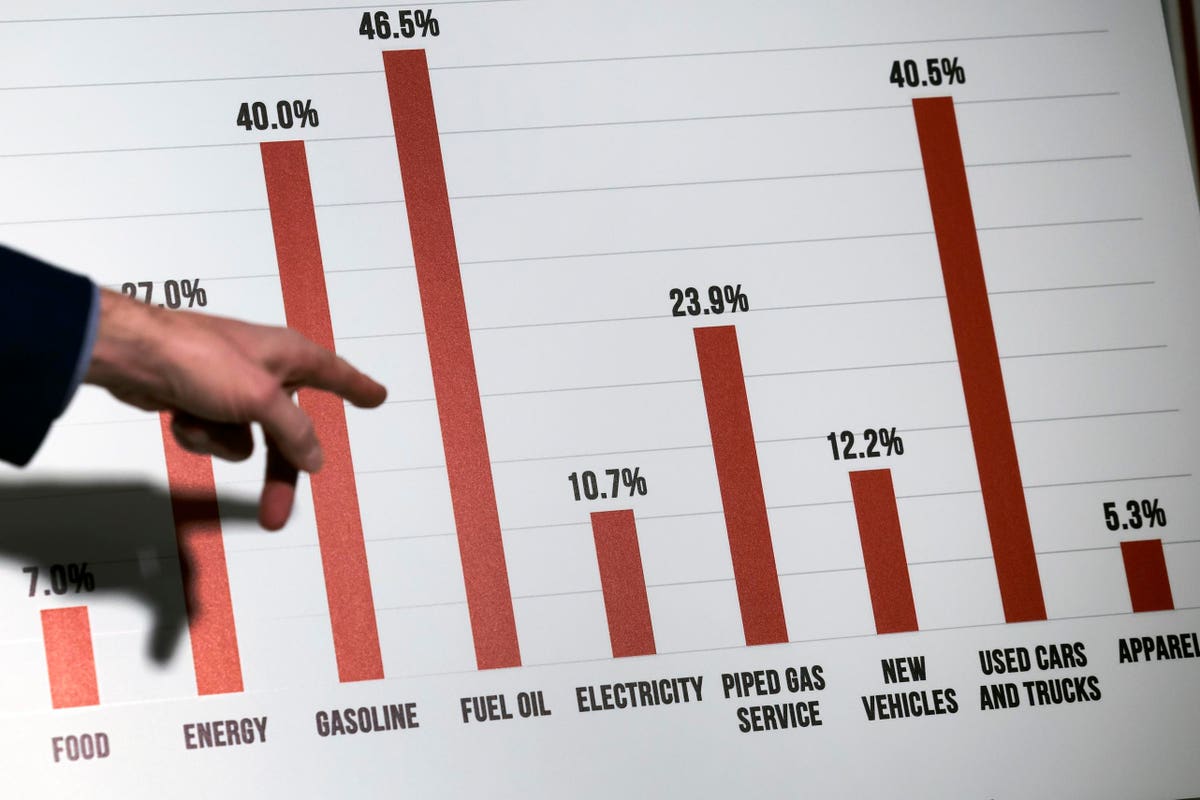Even in a global economy that is gradually decarbonizing, the price of oil has a strong claim to be among the most closely watched numbers in the world. Few other metrics – give or take US jobs data and the federal funds rate – invite so much scrutiny from economists and policymakers.
Brent and West Texas Intermediate, the two leading oil price benchmarks, simultaneously reflect current economic reality while prefiguring coming developments. Rising prices accelerate capital flows into the major oil-exporting nations and drive consumer goods inflation; falling prices do the reverse, signifying an effective tax cut for the majority of net-importer nations.
Last month a change to the methodology for calculating Dated Brent, the most widely used benchmark for crude oil in the world, came into effect. The technical reasons for incorporating a new blend of crude oil into the pool from which the benchmark price is calculated are well understood. But this announcement was also a timely reminder of how responsibility for generating one of the world’s most important numbers sits with a private enterprise – Platts, a price reporting agency (or PRA).
Oil & gas is not the only industry in which price reporting agencies exercise this level of influence. They can be found in any large, complex, global market where pricing is opaque and participants need reliable reference data to decode questions of fair value.
They play a crucial role in enabling buyers and sellers to reach agreements.
Examples of these opaque markets where PRAs are active include other commodities, such as agriculture (e.g., the food-focused price data provider Mintec) and metals (Fastmarkets), as well as real estate (CoStar).
These sectors are all distinct from financial markets, where the pricing of financial assets (e.g., stocks, bonds and other securities) is more transparent and information more ubiquitous. As a result, there is less demand for an independent third party who can act as a ‘single source of truth’.
Because of their roles as gatekeepers of the crucial pricing information that underpins multi-trillion-dollar industries, PRAs have attracted sustained interest from both financial investors and strategic acquirers.
I have previously written about why investors are so keen on data & information businesses more broadly. These companies offer attractive unit economics – in short, make it once and sell it many times – as well as robust business models which generate predictable revenues.
This is doubly true of PRAs. The reference prices they generate are mission-critical, sitting right at the very top of the hierarchy of an organization’s data needs. That affords them more pricing power and higher margins.
In addition, the time-series nature of the data they generate acts as a moat that protects the market-leading positions of the established providers. New entrants simply cannot emulate the incumbents’ decades of proprietary and granular pricing data which they collected first-hand from source. Those PRAs whose datasets have achieved critical mass within their industries and can’t be replicated, having sacrificed margin initially to invest in building the database and gain customer share, can then sell additional tools over the top, such as forecasting and analytics.
Accordingly, Hg has been invested in Argus, an energy-focused price assessments and analysis provider which produces its own WTI oil price formula, since 2019, after acquiring part of fellow private equity firm General Atlantic’s shareholding. Last year, Kpler, a data and analytics provider focused on physical commodities and the energy transition, raised a $200m growth investment from Insight Partners and Five Arrows. In metals, Fastmarkets’ parent company, the FTSE 250-listed Euromoney, was taken private late last year in a £1.7bn buyout led by the PE funds Astorg and Epiris.
We have also seen strategic consolidation by data companies seeking to establish themselves as the dominant PRA in their space. In agriculture – by some measures, the world’s largest industry – Mintec, a leading provider of price data for agri-food backed by Five Arrows and Synova Capital, acquired AgriBriefing earlier this year. The company and its sponsors’ stated aim is to create a global market leader for the agriculture, food and FMCG end-markets, with over 5,000 institutional clients in 50 countries.
All the indicators suggest this trend has plenty of road left to run. The advent of large language models and growing use of other AI applications has made the world even more data-hungry. Increasing geopolitical and macroeconomic uncertainty means businesses are happy to spend more money on their key data sources to stay competitive.
Sell shovels during a gold rush, goes the maxim. For many industries this is currently no period of speculative frenzy. Nonetheless, the core principle of selling a valuable service to investors, traders and end-users in large and lucrative markets still applies.
Whatever the stark differences in market dynamics between oil & gas, real estate, agriculture and metals, in each case the PRAs which produce the most authoritative and important data are set to capitalize.
Read the full article here













